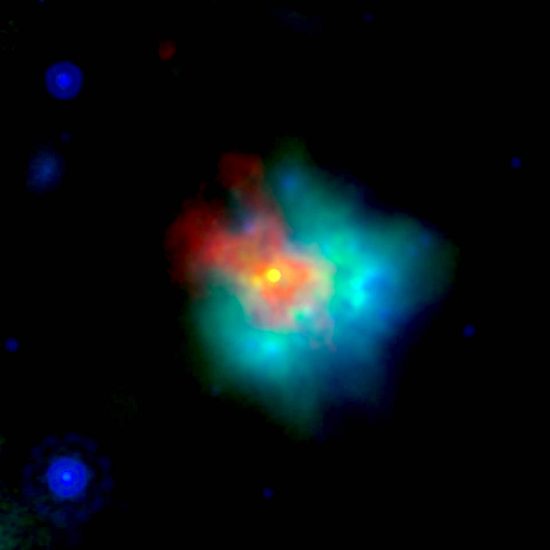
June 4, 2020
Stars are formed from charged particles.
“Men think highly of those who rise rapidly in the world; whereas nothing rises quicker than dust, straw, and feathers.”
— Lord Byron
Immanuel Kant, the 18th Century philosopher, suggested that stars, in general, as well as the Solar System, in particular, evolved from dusty clouds of gas floating in space. He thought that gravity causes particles of matter to clump together. Each clump becoming the locus of greater attractive force, drawing all the clumps into a large mass. Gravity then increases to the point where the proto-stellar material condenses into a hot ball. The ball starts to rotate due to the angular momentum contained in the original cloud. More and more material accumulates into a mounting gravitational field, until it ignites in a nuclear fusion reaction. This is the mainstream understanding of star birth.
The theory fails to explain why the planets in the Sun’s family possess about 97% of the total angular momentum in the Solar System, when their combined masses are less than one-tenth of one per cent of the Sun’s mass. The theory is propped-up by an argument that the Sun has a companion star on a long, parabolic orbit. This companion star supposedly makes up the missing inertia.
According to a recent press release, supernovae send shockwaves into star-forming regions, compressing the wispy dust and gas along a shock front. That process is what astronomers say “jump-starts” star formation. How shockwaves travel through the incredibly rarified medium of interstellar space until they encounter a nebular cloud is not known, however.
The Picture of the Day makes a point that stars are not gravitationally compressed cold gas and dust. Rather, they are composed of plasmas, the “fourth state” of matter. Plasma is ionized: one or more electrons are stripped from the atoms in its substance, making it electrically charged. Plasma does not behave like pressurized gas, it behaves according to the tenets of plasma physics.
In an electrically charged plasma star, explosions occur because of double layer breakdowns. A star’s power comes from external currents of electric charge flowing through vast circuits in space. Instead of “core rebound” or “white dwarf accretion”, supernovae are the result of a stellar “circuit breaker”, where the stored electromagnetic energy in the circuit is suddenly focused at one point.
So, it is electricity that causes the stars to shine, and it is electricity that causes them to explode. Dust is formed in supernovae because z-pinch effects in double layer explosions cause various plasmas to condense in the electromagnetic waists of the pinches, forming ultra-fine dust particles just 0.1 microns in size, or smaller than the wavelength of blue light.
On February 23, 1987 a violent supernova was seen in the Large Magellanic Cloud. The supernova, known as 1987A, illuminated a ring of gas and dust many times larger than the Solar System. The Herschel Space Observatory observed the supernova remnant in 2010 with its infrared detectors, finding dust in the ring at -100 Celsius and -250 Celsius, only a few degrees above absolute zero. There is so much cold dust that scientists estimate its mass as more than 6 × 10^30 kilograms—more than 200,000 Earths. This “dust repository” seems to conform to the theory that supernovae release most of the dust that is seen in space.
Stephen Smith
The Thunderbolts Picture of the Day is generously supported by the Mainwaring Archive Foundation.












